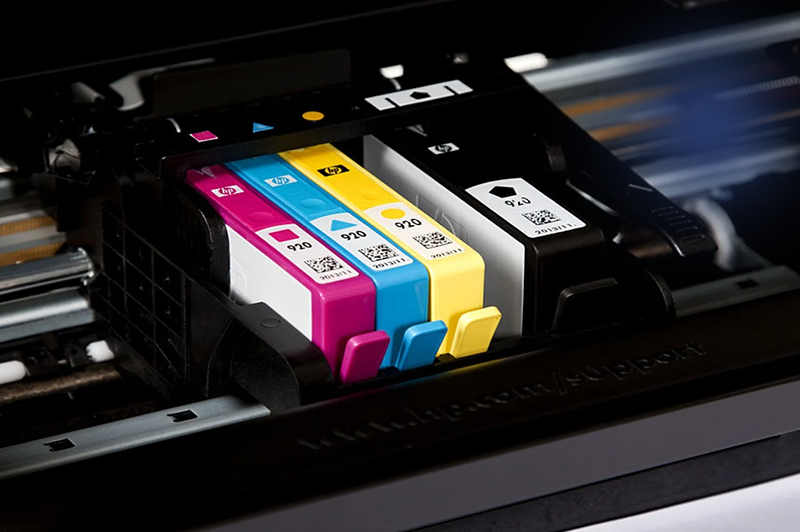
The Dark Side of Printer Companies: Unveiling Deceptive Practices and the Ink Cartridge Conspiracy
In the world of printing, ink cartridges have become notorious for their high prices and frequent replacements. Behind the scenes, printer companies have been employing questionable practices to maximize their profits from ink sales. This blog post aims to shed light on the history of these deceptive practices, the strategies employed to force consumers into buying expensive ink cartridges, and the staggering profit margins printer companies enjoy. We will also explore the role of ink cartridge chips in these practices and uncover the stark contrast between the production cost and retail price of ink cartridges. So lets talk about The Inkjet Printer Ink Cartridge Scam.
The History of Deceptive Practices
Throughout history, printer companies have implemented a range of deceptive practices to boost their ink cartridge sales. From the introduction of “smart” chips to misleading low ink warnings, consumers have often found themselves trapped in a cycle of expensive ink replacements. Understanding the historical context of these practices is essential to grasp the extent of the ink cartridge conspiracy.
Unveiling Deceptive Strategies
Printer companies employ several deceptive strategies to coerce consumers into purchasing their branded ink cartridges. These tactics include intentionally limiting ink cartridge compatibility, and even disabling printer functions until genuine cartridges are used. These practices create a monopolistic environment, restricting consumer choice and driving up prices. Additionally, printer companies employ misleading low ink warnings that trigger prematurely, creating a sense of urgency to replace cartridges even when there is ample ink remaining.
The Role of Ink Cartridge Chips
Ink cartridge chips play a pivotal role in the deceptive practices of printer companies. These embedded microchips communicate with the printer, tracking ink levels and sending signals to the device. By using sophisticated algorithms, printer manufacturers can intentionally trigger low ink warnings prematurely, creating a sense of urgency to replace cartridges, even when there is ink remaining. This manipulative strategy compels consumers to purchase new cartridges, increasing revenue for printer companies.
Manipulating Low Ink Warnings
Ink cartridge chips play a critical role in the deceptive practices of printer companies. These tiny microchips communicate with the printer and track ink levels. Printer manufacturers program these chips to send signals that prompt low ink warnings earlier than necessary. This manipulation creates a false perception of ink depletion, compelling consumers to purchase new cartridges unnecessarily.
The Cost Disparity
While printer companies reap significant profits from ink cartridge sales, the actual cost of producing these cartridges is remarkably low. Industry estimates suggest that the manufacturing cost of an ink cartridge is only a fraction of its retail price. The materials used, and production processes contribute to a production cost that can be as low as a dollar, to few dollars per cartridge. This vast disparity between production cost and retail price highlights the substantial profit margins enjoyed by printer companies.
Uncovering Profit Margins
Printer companies’ ink cartridge sales generate substantial profit margins. The retail price of ink cartridges encompasses not only the manufacturing cost but also factors in research and development, marketing expenses, distribution, and profit margins. This inflated pricing structure allows printer companies to maintain a lucrative business model centered around ink cartridges.
Conclusion
The history of deceptive practices surrounding ink cartridges is a cause for concern among consumers. Printer companies have long used questionable strategies to drive sales and maintain their dominance in the ink market. By understanding these tactics and the role of ink cartridge chips, consumers can make informed choices and explore alternative options. Recognizing the significant disparity between the production cost and retail price of ink cartridges empowers individuals to seek cost-effective alternatives without compromising quality. It’s time to break free from the ink cartridge conspiracy and advocate for transparency and affordability in the printing industry.


